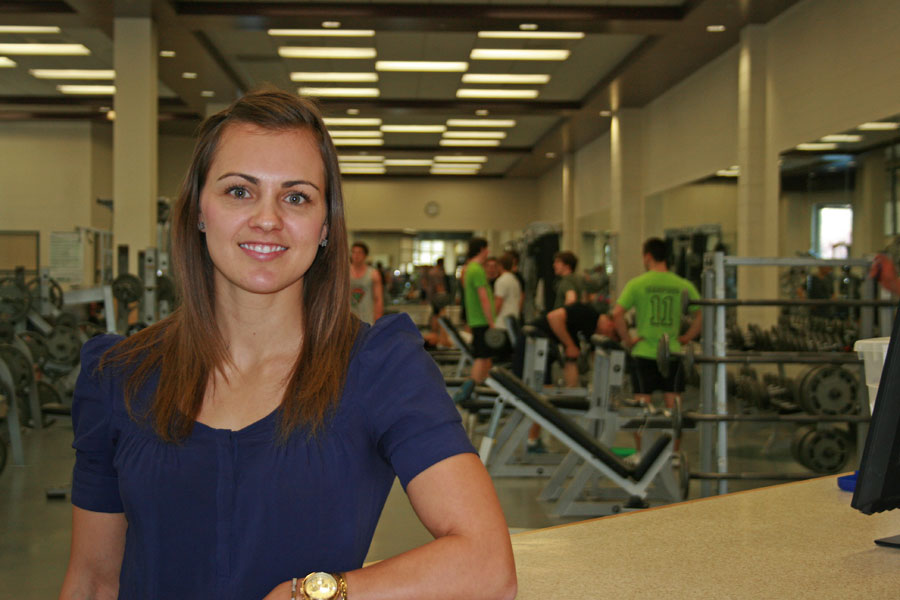Building strong bones in the gym
When it comes to building strong bones, a little gymnastics goes a long way and for a long time, according to Marta Erlandson, assistant professor in the College of Kinesiology.
By University Communications She explains that while it was known elite gymnasts develop much stronger bones than sedentary youths or even other athletes, no one knew if this held true for recreational gymnasts. This became the subject of her master's and PhD research at the U of S.
She explains that while it was known elite gymnasts develop much stronger bones than sedentary youths or even other athletes, no one knew if this held true for recreational gymnasts. This became the subject of her master's and PhD research at the U of S.
"They (children) had better bone parameters even after an hour or so a week of participation."
The roots of Erlandson's research lie in her upbringing in Saskatoon, competing as a gymnast with the Marion and Can-Am clubs. She competed at the university level for the first two of her undergraduate years before being recruited as a pole-vaulter for the Huskies.
As a student, she became interested in how gymnastic training affected developing bodies. Her work contradicted the notion that such training slowed down how fast athletes matured. It turned out the reverse was true: slow bloomers tended to choose gymnastics, just as their faster-maturing friends were drawn to hockey and football.
After three years of postdoctoral work in osteoporosis at the University of Toronto, Erlandson returned to the U of S, lured in part by its strong bone health research programs. She cites unique decades-long population data from Saskatchewan studies, as well as bone analysis instruments that allow researchers to see not only how much bone there is, but its structure and shape.
"There are only four places in Canada that have these (instruments)," she said.
Erlandson explains exercise is most crucial while the body is growing in the childhood and teen years when bone is being formed.
"If we can increase the amount of bone these children are accruing during childhood, we might be able to get them enough bone that even though they will lose it naturally as they age, they're never going to reach a fracture threshold," she explained. "That's what we hope to do with these childhood interventions."

